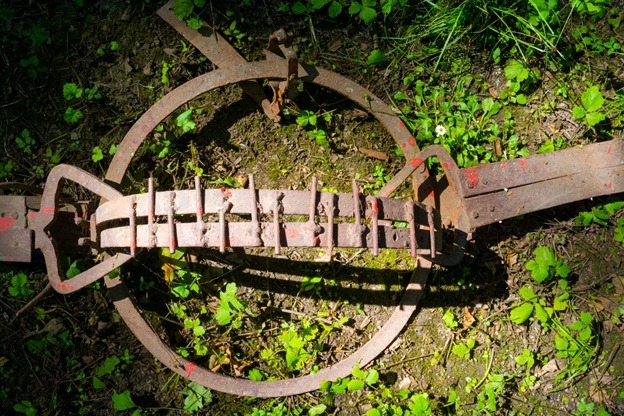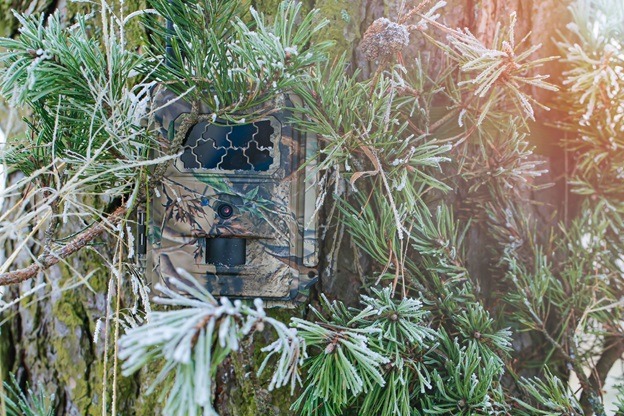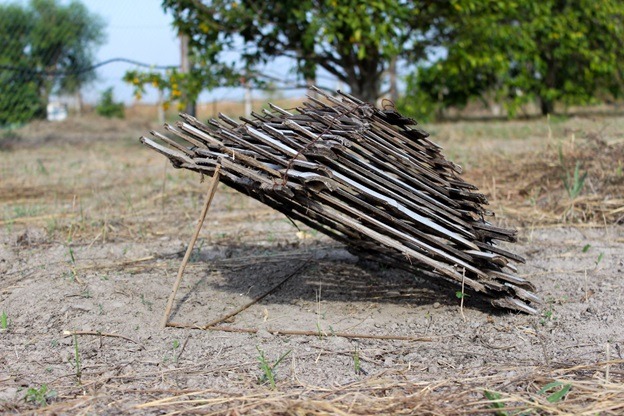Are you new to trapping, or simply a fan? Or are you merely interested in learning more about trapping in the United States? Have you ever wondered what animals can be captured in the United States and where they can be trapped?
What is trapping
Trapping is a type of animal hunting that involves catching and holding the target animal with a mechanical device. Essentially, it is the employment of a gadget to capture an animal from a distance.
The history of trapping goes all the way. Traps have been used on the North American continent for thousands of years, even before Europeans arrived.
The indigenous traded furs with the Dutch, French, and English regularly. Traps are also used by the indigenous people to catch animals and fish. Eskimos utilized whalebone nooses to catch birds. Hopis used dead-fall granite slabs to kill foxes, and Aleutian Indians employed barbed spikes to catch bears.
“Isn’t it wrong to trap animals?” you might wonder.” Because of the numerous benefits of animal trapping, it is generally viewed as appropriate. Trapping has various advantages for animals, humans, and the environment.
These are some of them:
Research
Biologists can use modern traps to capture and release wildlife without harming them, allowing them to be monitored and learn more about their behavior and needs.
For the purpose of relocation
Traps are also used to capture and reintroduce wolves, Canadian lynx, and other animals back into places where they formerly thrived but have since become extinct.
Needs for food and income
Trapping provides food, shelter, and much-needed revenue for people living in rural or distant areas where other sources of income are scarce.
For the sake of security (Humans and livestock)
An increase in population increases the spread of diseases such as rabies, sarcoptic mange, tularemia, and other conditions.
Foothold traps, body-gripping traps, snares, dead-falls, cages, and glue traps are among the most often utilized traps. Trail cameras have recently become famous for spotting and monitoring animals that will be trapped; hunters enjoy using them to scout for game. However, proper placement needs some skill in finding the optimal spot for your trail camera.
Trapping and animal hunting are governed by a number of local, state, federal, and international laws. In the United States, trapping is regulated to ensure that it is both sustainable and humane. State, provincial, and territorial wildlife departments have tight regulations about the types of traps used. They also control which and when each species can be targeted.
Trappers in most locations must complete training classes before acquiring their trapping permits. They learn about principles, safety, pelt preparation (again, avoid waste), and utilize the most humane trapping devices properly. Trapping is typically subject to minor limitations, even though it is theoretically controlled at the state level. The regulations that do exist are often poorly enforced.
The following are the Trapping conditions in each of the 50 states that make up the United States of America.
Trapping conditions in the United States
Alabama Game and Fish regulations allow permits to be issued for taking protected wildlife that causes damage to crops, damage to property, or potential human threats.
Arizona requires a permit to catch small game (cottontail rabbits and tree squirrels), skunks, muskrats, badger beaver, raccoon, and weasel. Rock squirrels, gophers, and packrats are the only animals that do not require a permit.
Arkansas: Beaver, muskrat, nutria, opossum, squirrel, striped skunk, and non-game species, excluding migrating birds, may be taken during daylight hours or trapped throughout the year if they are causing harm to personal property.
California: Any non-game birds and mammals (including red foxes, squirrels, and jackrabbits) that are causing damage to crops and property may be killed at any time and in any manner.
Colorado: When bats, mice, voles, rats, porcupines, and ground squirrels become a nuisance or cause property damage in Colorado, they may be captured or killed.
Connecticut: Mink, muskrat, weasel, raccoon, opossum, and skunk are categorized as “furbearers” in Connecticut and may only be trapped from January 1 to March 15 and November 3 to December 31. At any time, rats, mice, and moles can be taken.
Delaware: If raccoons, gray squirrels, or opossums are causing harm, they can be trapped without a permit.
Florida: Any person who owns property in Florida has the authority to take nuisance wildlife on their land or to permit another person to do so on their behalf.
Georgia: Beavers, groundhogs, rats, and mice are not protected in Georgia and can be caught at any time.
Hawaii: Non-native animals may be trapped at any time without a license if they are a nuisance.
Idaho: Raccoons, jackrabbits, skunks, weasels, marmots, fox squirrels, porcupines, and Colombian ground squirrels are not protected in Idaho and may be killed at any time.
Illinois: Trapping most small mammals on your property does not require a permit in Illinois.
Kansas: Outside of the usual hunting/trapping season in Iowa and Kansas, a wildlife animal management permit must remove any nuisance or damage-causing wildlife.
Kentucky, Minnesota, Missouri, Nebraska, Nevada, Ohio, Oregon, Pennsylvania, Rhode Island, Tennessee, Texas, Utah, Virginia, Wisconsin, South Carolina, and South Dakota: Landowners and tenants may trap nuisance wildlife without a permit if the wildlife (raccoon, opossum, mink, rabbit, hare, beaver, muskrat, and squirrel, among others) is found to be causing damage or is sick. In Pennsylvania, beaver and anglers are excluded.
Louisiana and Maine: Outside of the usual hunting/trapping season, you’ll need a wildlife animal management permit to remove any nuisance or damage-causing wildlife.
Maryland: To lawfully catch nuisance species causing harm to their property outside of the open trapping season, a homeowner must get a free landowner trapping permit.
Massachusetts: With a problem animal control permit, opossums, moles, cotton-tail rabbits, European rabbits, chipmunks, gray squirrels, red squirrels, flying squirrels, muskrats, woodchucks, rats, mice, voles (except those listed as protected), weasels, raccoons, porcupines, and striped skunks may all be trapped at any time.
Michigan: Trapping outside of the regular open seasons is required to control nuisance wildlife causing damage.
Montana: A landowner may obtain a permit at any time to trap any fur-bearing animal on their property.
New Hampshire: A Wildlife Control Operator license is required for anyone catching wildlife outside of the regular season.
New Jersey: A trapping license is required to catch beaver, mink, skunk, raccoon, muskrat, and opossum during their respective open seasons
New Mexico: Residents may trap non-game species (porcupine, rabbit, ground squirrel, prairie dog, Himalayan tahr) and skunks (unprotected furbearer) at any time without obtaining a license.
New York: Residents can take chipmunks, mice, moles, porcupines, rats, shrews, voles, red squirrels, flying squirrels, groundhog/woodchucks, and skunks at any time if they are a nuisance or causing harm.
North Dakota: Residents may trap ground squirrels, prairie dogs, porcupines, rabbits, and skunks at any time without a license.
North Carolina, Oklahoma, and Vermont: A wildlife depredation permit is necessary to capture any nuisance species that is causing harm, and it can only be issued after non-lethal control methods have failed. During the open season in North Carolina, landowners are allowed to trap without permission.
Washington and West Virginia: Nuisance wildlife requires a specific trapping permit to be killed, which can only be obtained when non-lethal measures of control have failed.
Wyoming: Live trapping and exclusion are recommended; however, nuisance wildlife can be trapped without a permit if they are causing damage.



